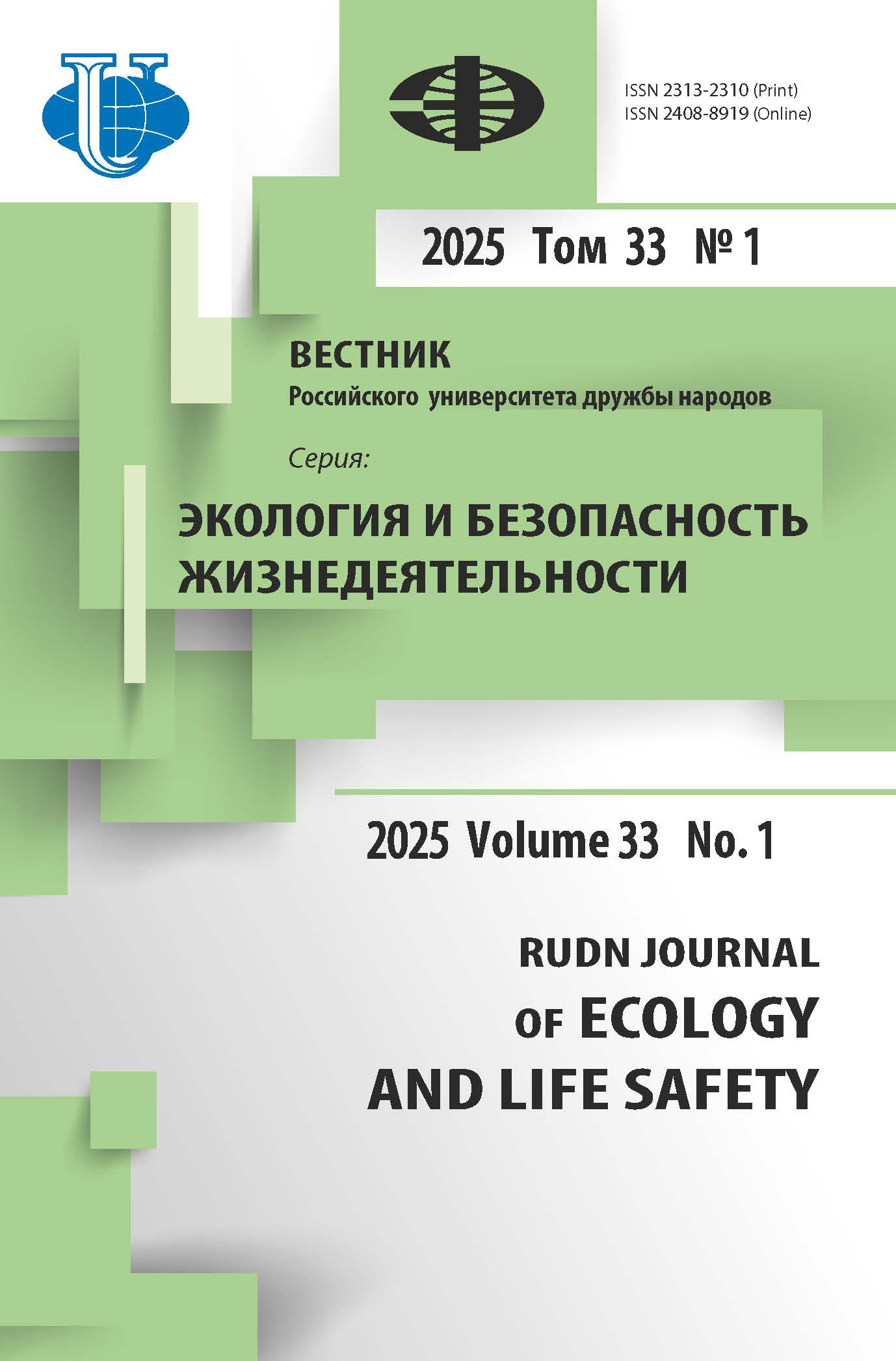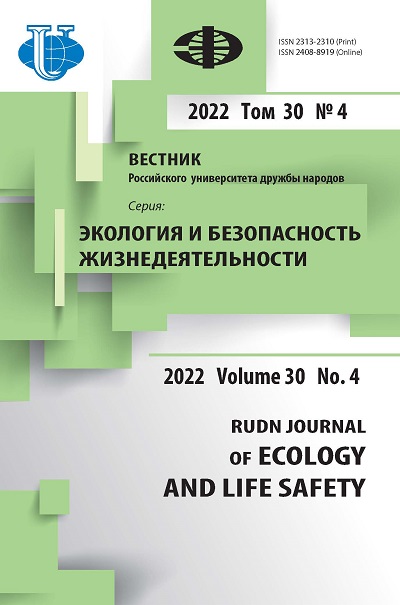Abstract
During the development and operation of oil and gas fields, all components of the natural environment (atmospheric air, surface and underground waters, relief, soil and vegetation cover, fauna) undergo significant transformation. Therefore, to prevent and reduce negative impacts on these natural objects, modern technologies and technical means should be used that are most environmentally acceptable for the specific conditions of the territory where the projected man-made structures are located. When planning appropriate technologies aimed at restoring the components of the natural environment, one should take into account the economic assessment of the damage caused during the prevention and elimination of emergency oil spills. This article proposes the selection of a new sorbent in case of emergency spills of oil-field fluids on the territory of the Kambarsky oil field, as well as conducting economic calculations of the prevented damage.
















